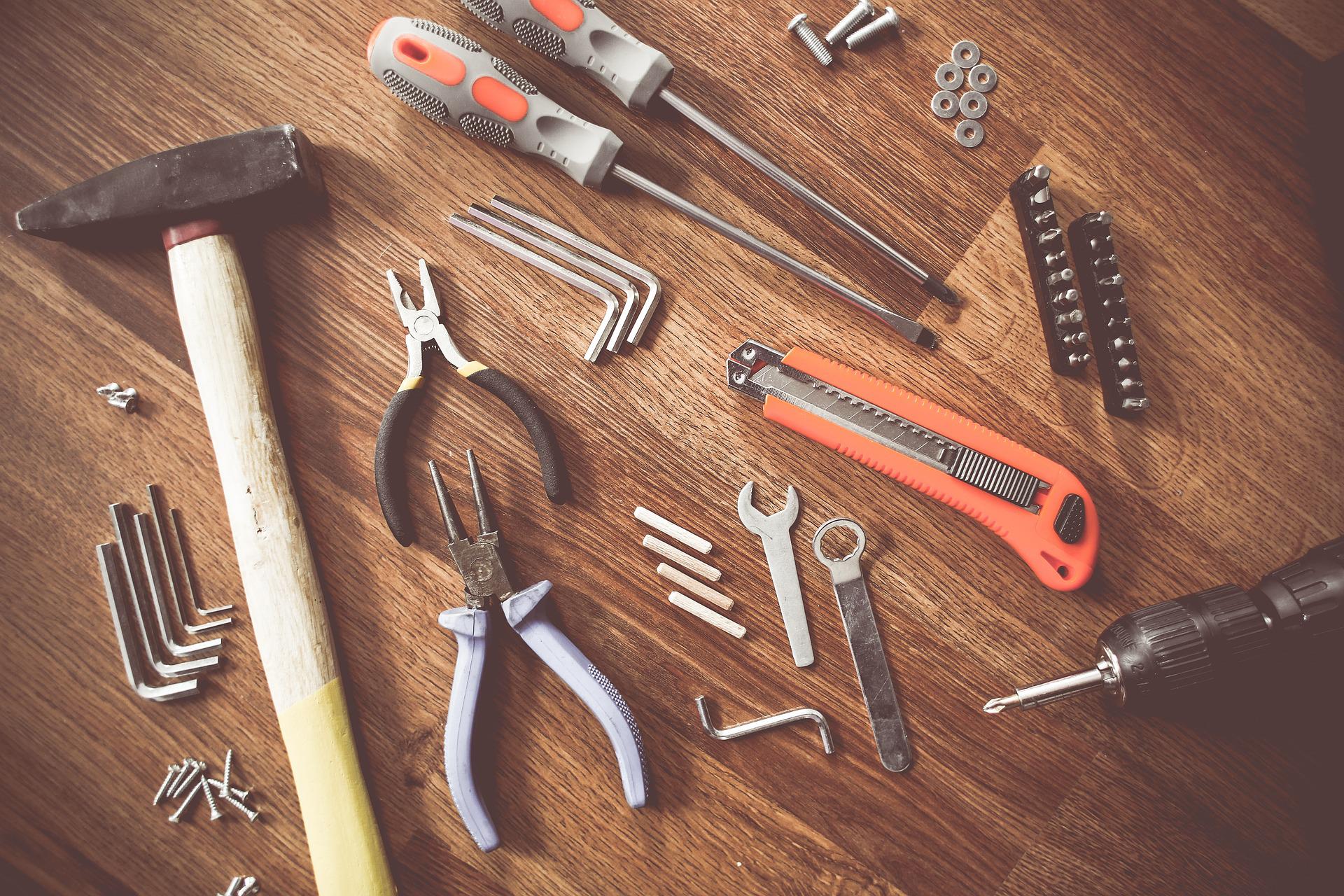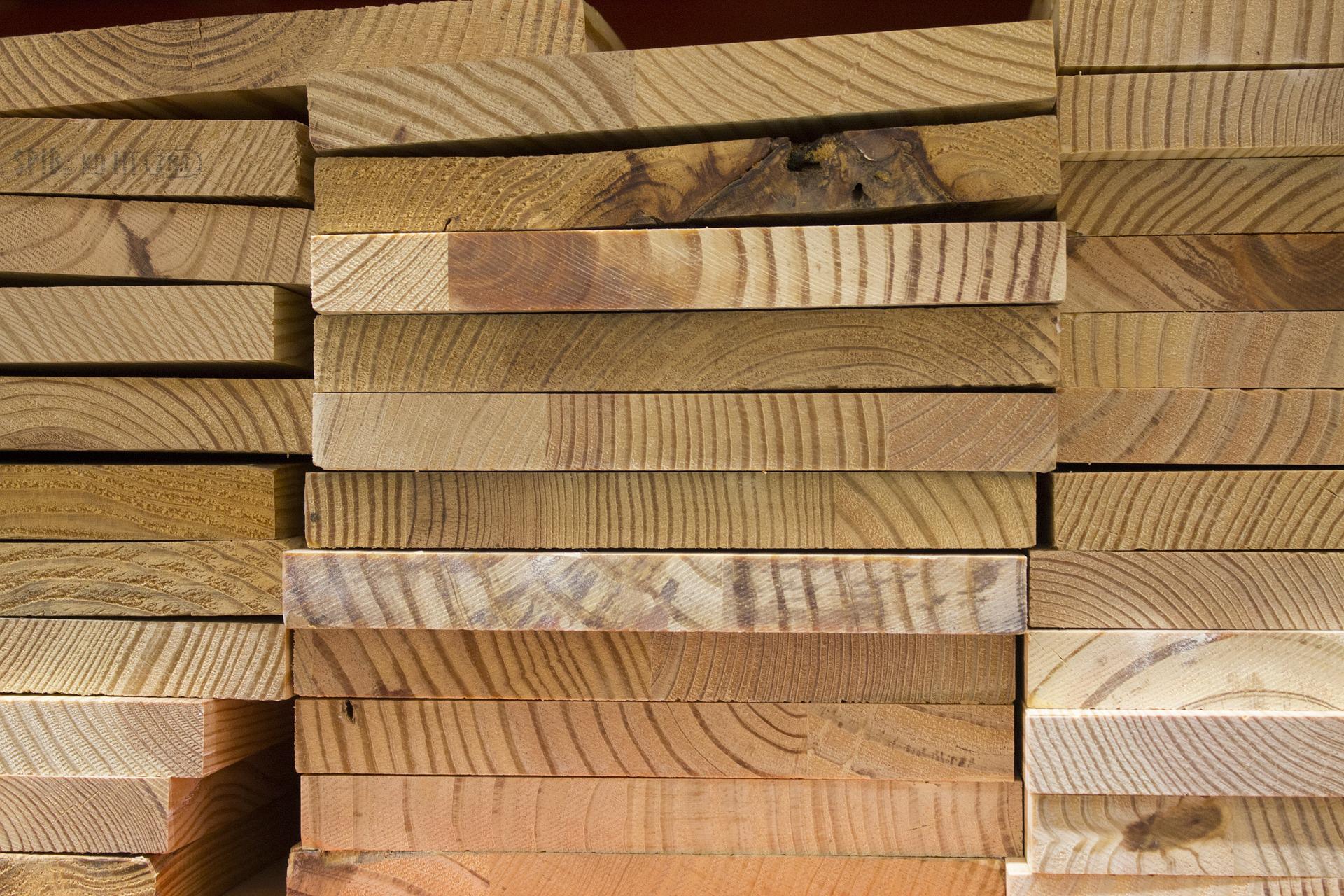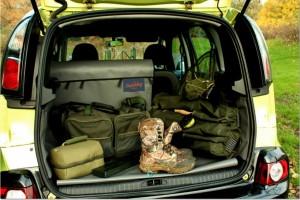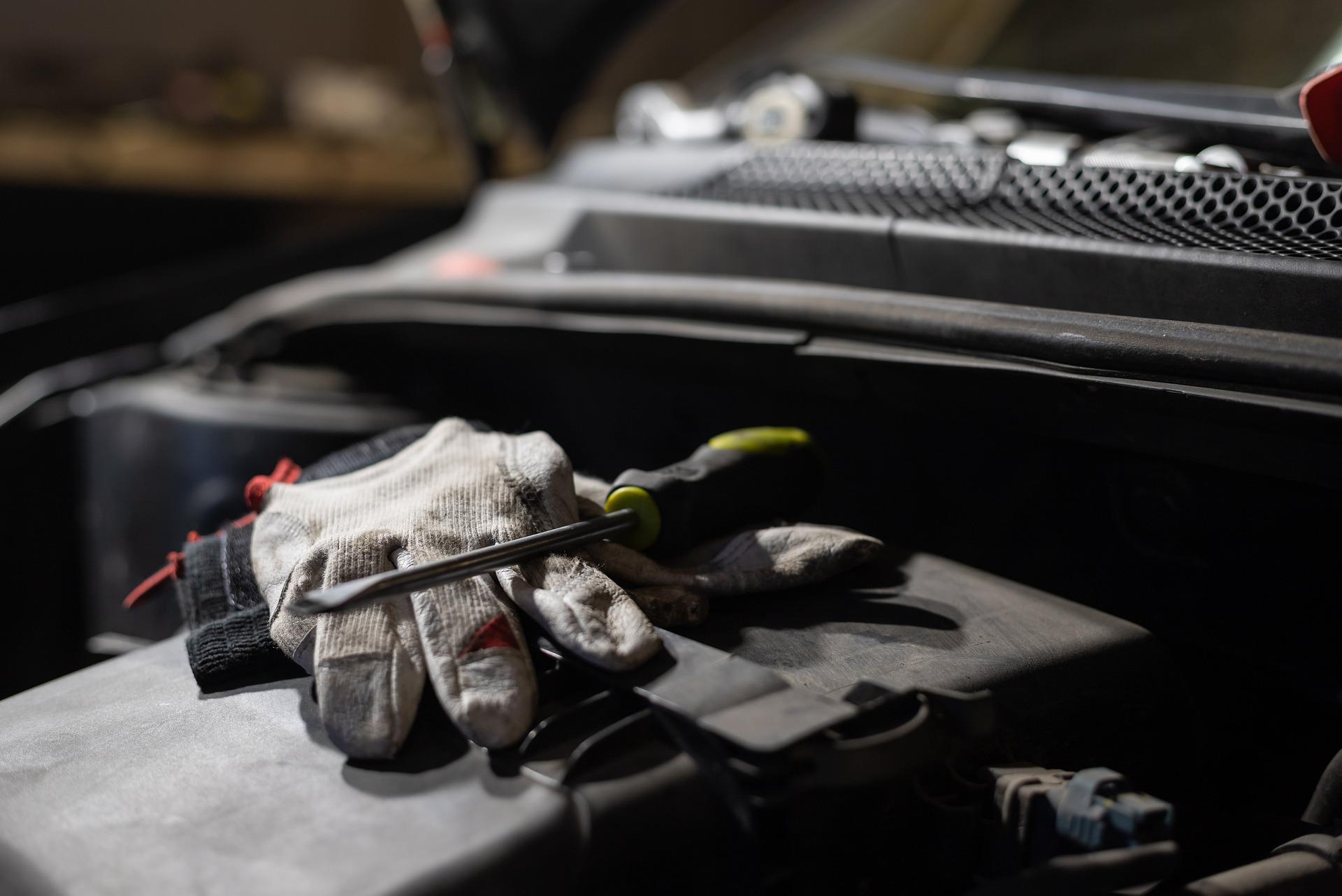
No matter how well you look after your car, it’s inevitable that the interior will start to show signs of wear and tear through day-to-day use, not least if your passengers include small children or pets.
Simple measures—such as removing muddy footwear, avoiding messy snacks, and taking litter with you when you leave the car—will help prevent mess from accumulating. Regularly vacuuming the upholstery and footwells and wiping down surfaces will also keep the interior in prime condition.
While it’s easy to keep on top of the passenger areas of the car, it can be a lot harder to keep the out-of-sight areas—such as the boot—clean and damage-free.
The very nature of the boot means you might use it to stow bulky, dirty items such as prams, bikes, luggage, sports gear or camping equipment. All of these can transfer mud, oil and other stains to the interior, and sharp edges can damage the carpeting or inner tailgate.
And while the boot is also a safe and practical area of the car for transporting the family dog, again there’s the risk of stains and potential damage from chewing or scratching.
The main causes of interior damage
To find out more about how car interiors suffer damage, we ran an independent survey asking the public: “What causes the most damage to your car interior?” Here’s what we found out…
Spillages—from either groceries or car maintenance items such as motor oil—attracted a combined 32% of the votes, highlighting that simple, day-to-day accidents can cause considerable damage to a car’s interior.
Children’s equipment and pets also proved to be common causes of damage, collecting 25% and 22% of the votes respectively.
Tools and sporting equipment were the main source of damage for 13% of people.
Holiday luggage was cited as a cause of damage for a further 8% of those surveyed.
What you can do to prevent it
This is one area where prevention is most definitely better than cure. Protecting your boot before you fill it with items that are likely to spill or scuff will undoubtedly reduce the damage caused.
You can do this by putting rugs and blankets down. However, they may slip and slide in transit, or moved or chewed by pets. They are also unlikely to contain any liquid spillages.
The best way to fully protect your boot is to install a made-to-measure, wipe-clean bootliner that fits securely to the walls and floor of your boot, covering all surfaces.
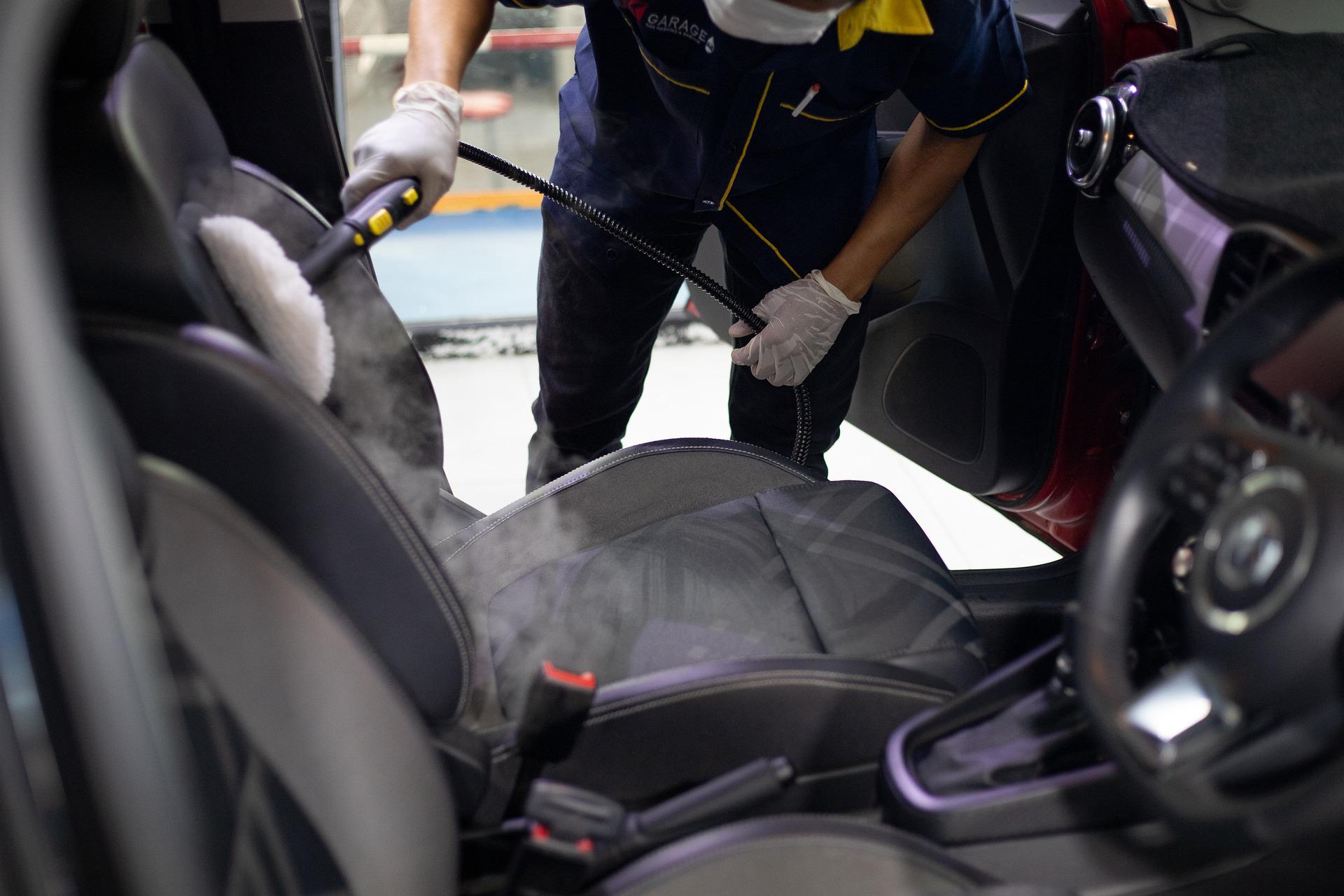
What to do if the damage is already done
If the boot is already soiled or damaged, you may be able to restore it to its former glory with a bit of TLC.
Obviously it’s important that you don’t create further damage by using the wrong treatment for the stain. With this in mind, we turned to the professionals in the car-cleaning world for some expert advice. Russ Chadd from CarcleanseUK.com shares his expertise in removing common stains from a car interior:
What do you find causes the most damage to the interior of a car boot?
Liquid spillages such as milk, paint and fuel are probably in the top-five items that cause serious damage. Also, any heavy objects such as bikes, tool boxes etc. will eventually damage the carpet.
What methods would you use to clean the following spillages from a car boot?
Oil—Any oil-based spillage usually ends up damaging fabrics and plastics one way or another. It’s near impossible to remove every single trace of oil that has been spilt into a carpet and therefore we advise to replace boot carpets rather than try and clean them.
Mud—Dry mud can be easily removed from fabrics and carpets using a brush to loosen the soil and a cylinder vacuum cleaner to collect it.
Food spillages—Light food spillages can be removed from carpets and upholstery with a cloth or towel. However, if the spillage is heavy, dairy-based or likely to cause an odour, I would definitely recommend seeking professional attention.
Pet fur—Remove pet fur from carpets and upholstery using a rubber brush specifically designed for this purpose—simply brush the surface and then vacuum. If you don't have a rubber brush, rubber gloves will also work well.
Pet mess—Remove as much of the spillage (if solid) as soon as possible and keep the windows open. Apply an anti-bacterial spray to the areas and rinse using a damp towel.
If the pet has urinated, you will need to blot up the spillage and treat the area to prevent odour and bacteria. In this case, the best option would be to bring in the professionals.
Do you have any tips for helping to protect the car boot from damage?
A good-quality, purpose-made bootliner will no doubt shield the carpet from wear and tear. I can definitely notice a difference to the condition of the car boot when boot protectors have been used.
How would you suggest repairing a ripped boot lining?
This will depend on what it’s made from. If it’s moulded plastic, an epoxy resin or flexible filler may work well. If it’s thin plastic, the cheapest way to fix a tear would be using a good-quality adhesive tape.



